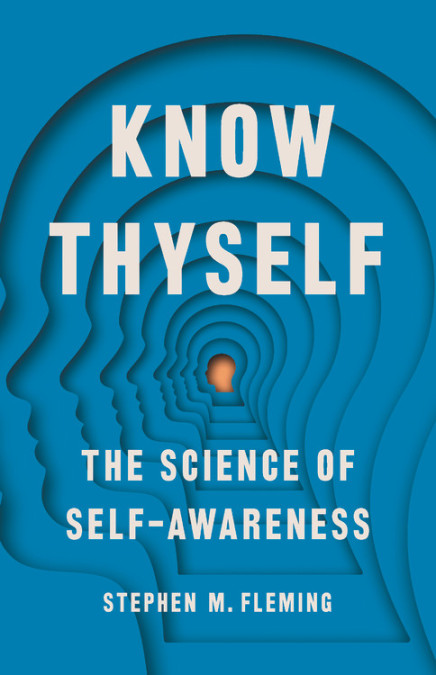Neuroscientist: We Are Closing In On the Secret of Self-Awareness
But then he turns around and admits that we are frustratingly far from understanding how it all works. His frustration is understandable.Cognitive neuroscientist Stephen M. Fleming, author of Know Thyself: The Science of Self-Awareness (2021), offers an excerpt at Slate in which he implies that we have made some headway in understanding self-awareness.

Size alone is not the key to intellectual capacity, he says, but rather the “brain soup,” the number of neurons that can be packed into the brain. Primates of all types (monkeys, apes, and humans) are much more efficient at packing neurons into the brain than rodents are: “Regardless of their position on the tree, it seems that primates are evolutionary outliers—but, relative to other primates, humans are not.”
He points to a portion of the prefrontal cortex, the “association cortex” which is “particularly well-developed” in humans, relative to other primates.
For instance, if you examined different parts of the human prefrontal cortex (which is part of the association cortex, located toward the front of the brain) under the microscope, you would sometimes find an extra layer of brain cells in the ribbonlike sheet of cortex known as a granular layer. We still don’t fully understand what this additional cell layer is doing, but it provides a useful anatomical landmark with which to compare the brains of different species. The granular portion of the PFC is considerably more folded and enlarged in humans compared with monkeys and does not exist at all in rodents. It is these regions of the association cortex—particularly the PFC—that seem particularly important for human self-awareness.
Stephen M. Fleming, “What Makes Human Brains Special?” at Slate
In experiments at his lab at University College in London, he found that when volunteers were asked to think about themselves or remember events while under a scanner two key parts of the association cortex showed changes in activation (the medial PFC and the medial parietal cortex). But then he says,
Findings such as these are giving us clues as to the neural machinery of self-reflection. But we are still maddeningly far from a full understanding of how this machinery works. Self-awareness is a continuum, rather than an all-or-nothing phenomenon. Many of the psychological building blocks for self-awareness—like tracking uncertainty and monitoring our actions—can operate unconsciously, providing a suite of neural autopilots that are widely shared across the animal kingdom, and are present early in human infancy.
Stephen M. Fleming, “What Makes Human Brains Special?” at Slate
“Maddeningly far?” It’s not hard to see why Fleming finds the situation frustrating. Evolution theory, to which he appeals, is not much help. After all, he writes, “primates are evolutionary outliers—but, relative to other primates, humans are not.” That, of course, makes the problem more complex. If we are really 98% chimpanzee, as we often hear, that other two percent makes a radical, existential difference and we know very little about it. And if self-awareness were as simple as the mechanics of two small areas in the brain, we’d have androids with human thought processes in no time, once we figured out how the machinery works.
One thing we know is that complex thought processes like creativity are not necessarily localized. Even something as basic as vision seems to occur partly in the frontal lobes and partly in the visual area in the back of the brain.
And what about people who function with only half a brain or less? Even when we have fully present and functioning brains, there are good reasons for skepticism about how much brain scans can tell us about them (beyond whether parts are there or not and other basic information).
Although it might be a career risk for a neuroscientist to say so, attempting to understand the brain as a meat machine that generates the mind as a user illusion may be approaching its maddening limits.
You may also wish to read:
Why the mind can’t just be the brain. Thinking it through carefully, the idea doesn’t even make sense. (Michael Egnor)
and
Your mind vs. your brain: Ten things to know
